#and Sarazanmai
Text
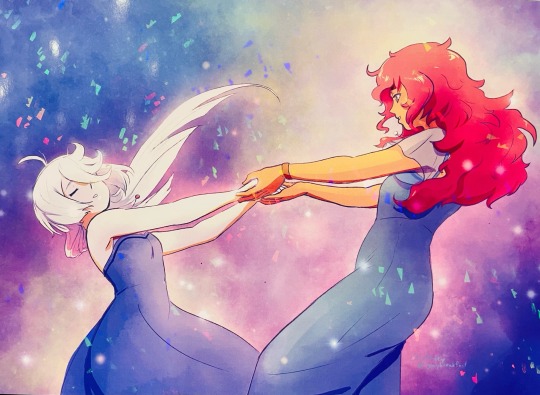
Trust
#sulemio#g witch#Suletta#Miorine#gundam#my art#I love these two as much as Rupphire. Maybe even more? Time will tell.#They are relatable in some ways that Rupphire didn’t touch on#I met my wife when I was 17 and while the scenarios we met under aren’t as intense as GUNDAM#the parallels are uncanny enough to be both nostalgic and validating#helped us recontextualize some past trauma and philosophies about healing#This changed my life as much as Steven Universe#and Sarazanmai
283 notes
·
View notes
Text
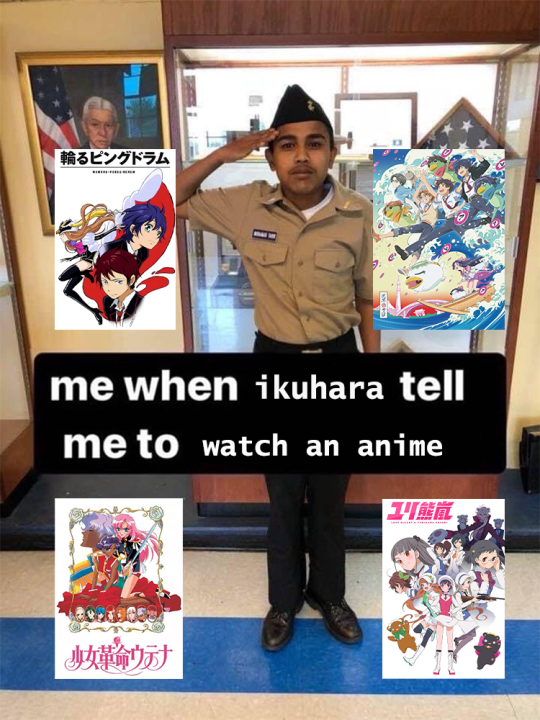
#havent seen half of these yet but am very much planning to do so#kunihiko ikuhara#ikuhara#mawaru penguindrum#penguindrum#sarazanmai#utena#revolutionary girl utena#yurikuma arashi#yuri kuma arashi#tedpost#tedit#ok thats the last of these
258 notes
·
View notes
Text
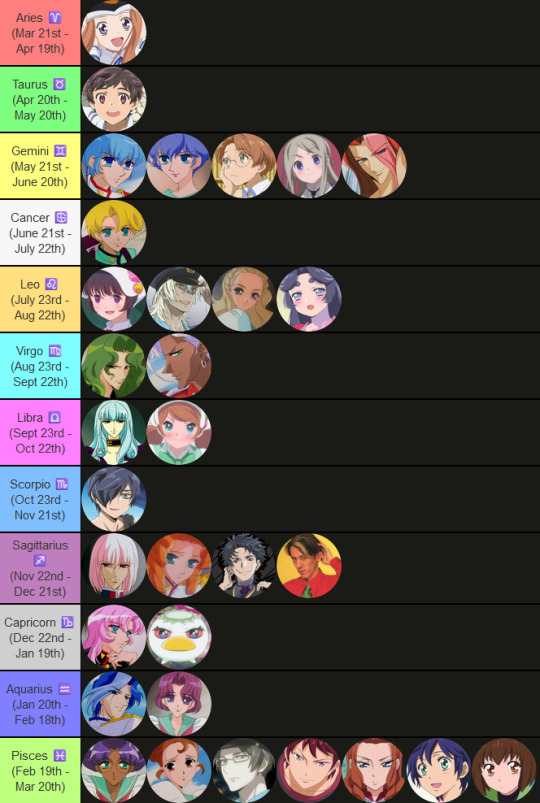
Here's all the Ikuni series characters (and the man himself) sorted by their astrological sign in case you were curious.
#Revolutionary Girl Utena#Mawaru Penguindrum#Yuri Kuma Arashi#Sarazanmai#Kunihiko Ikuhara#BUT I'M SORRY VIRGOS IDK WHAT TO EVEN SAY.#otherwise i need some astrology experts to weigh in on this one#everyone is lined up in each row based on bday order btw#and if a character isnt on here its simply i couldnt find an official bday for them. i hope i didnt miss any tho.#the main reason i included ikuni himself is because the characters he has let share a sign with is fascinating and kinda funny to me
160 notes
·
View notes
Photo
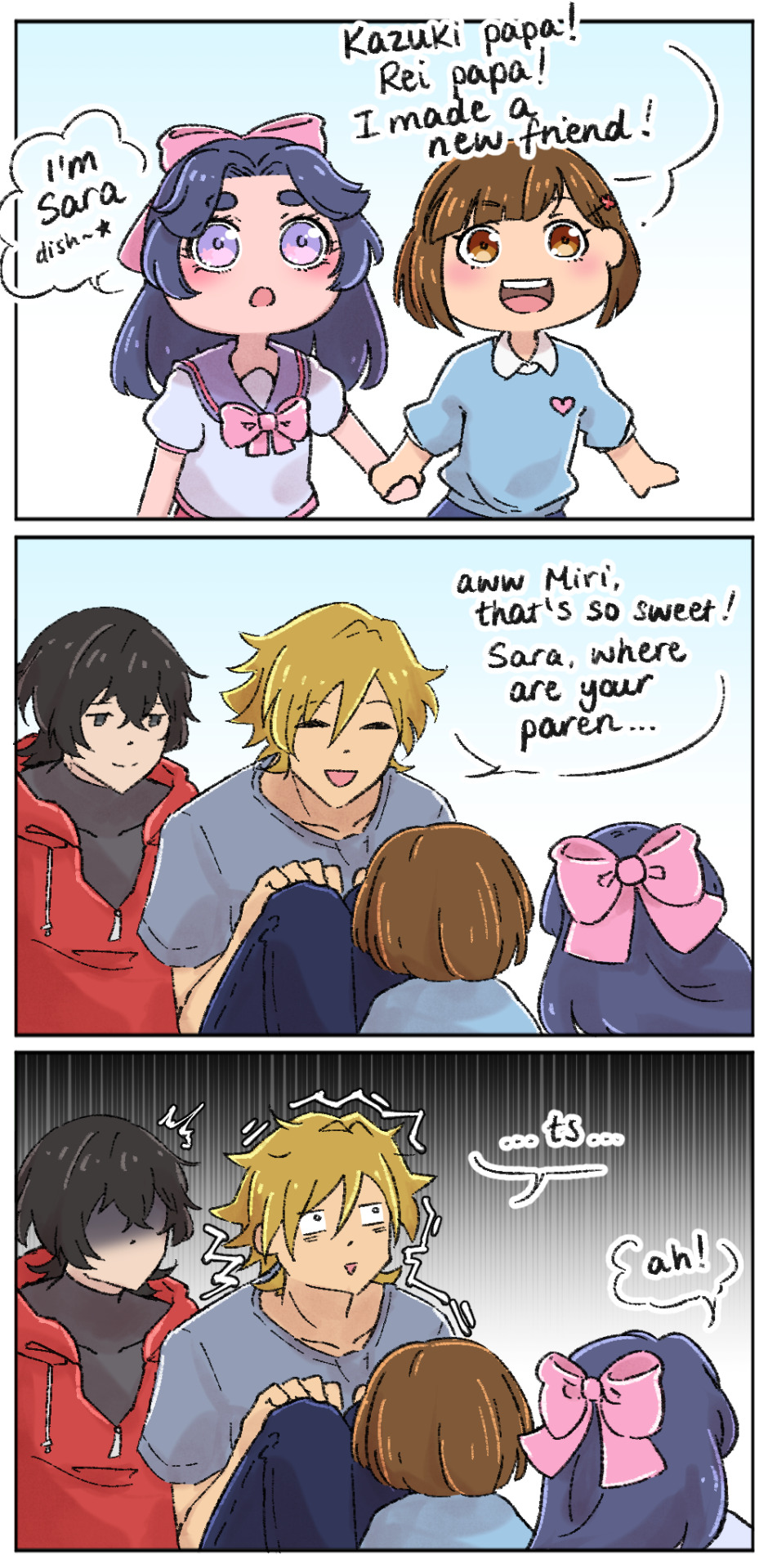

daughters and their dads
#buddy daddies#sarazanmai#crossover heheheh#art tag#i love that both pairs of dads are also basically criminals#i think they would get along well haha#this is a crossover made for me and only me#idk if anyone else will get it???#man i got kinda weepy drawing reo and mabu again
982 notes
·
View notes
Text

from April 2019
216 notes
·
View notes
Text
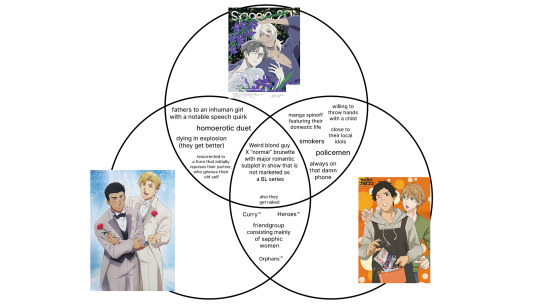
please tell me someone else understands
#bang brave bang bravern#bravern#samurai flamenco#sarazanmai#i was gonna include kazuki and rei from buddy daddies but four series in this would have been really cluttered lol#sumiisa#reomabu#masagoto
81 notes
·
View notes
Text
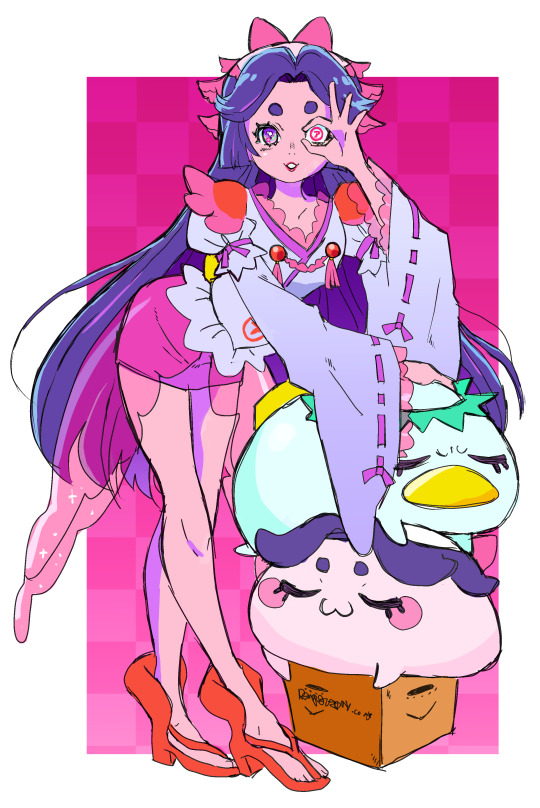
sara
217 notes
·
View notes
Text

I want to connect, so...
#I rewatched the three last episodes and I Still Have Many Emotions#so I browsed my old szm art and it was unsurprisingly but overwhelmingly full of reomabu lol#sarazanmai#own art
199 notes
·
View notes
Text
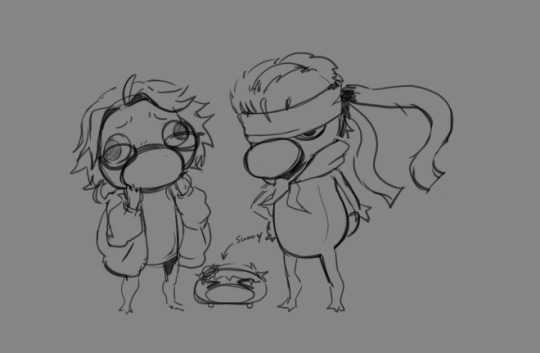
Happy family
70 notes
·
View notes
Text
Do You Know This Anime?

71 notes
·
View notes
Text
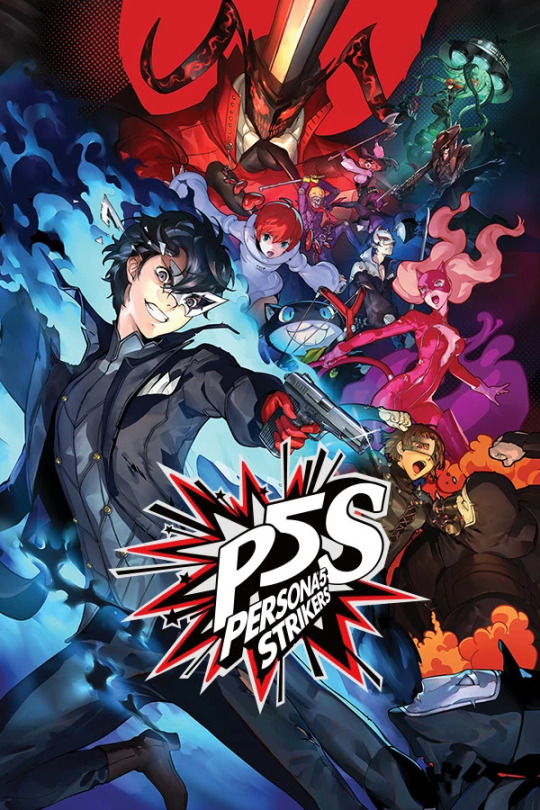
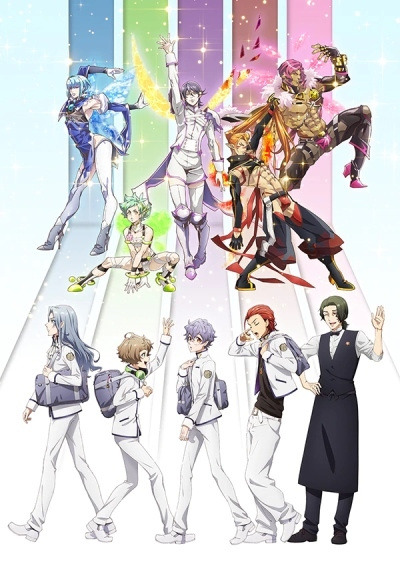

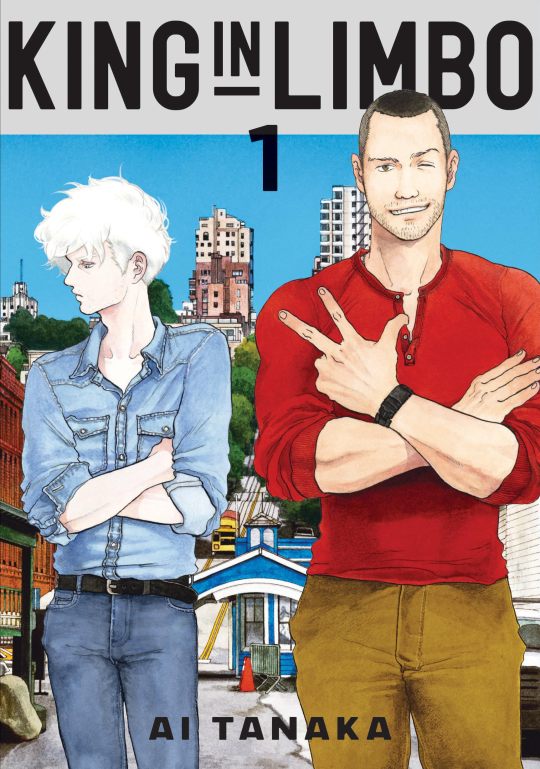


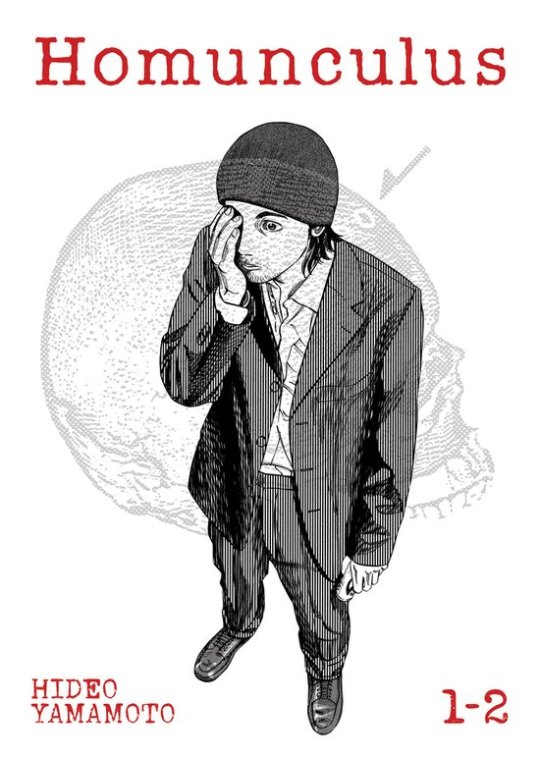


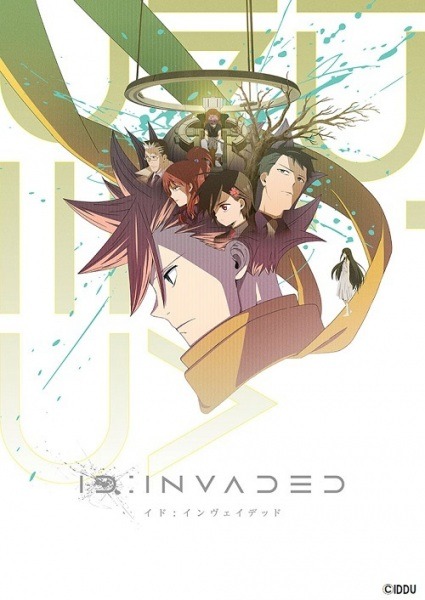

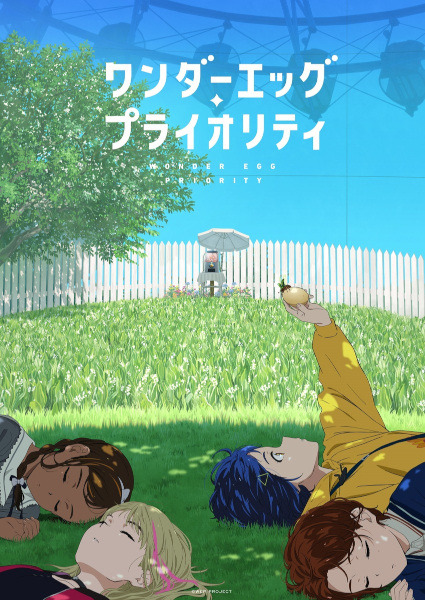
no you don't get it. i literally love stories where they dive into people's hearts/minds (literally or figuratively) sm it's my favourite type of storytelling.
#p5s#fairy ranmaru#shiguang daili ren#limbo the king#king in limbo#pet anime#pet manga#pet 2020#dmmd#homunculus#homunculus manga#sankaku mado no sotogawa wa yoru#the night beyond the tricornered window#sarazanmai#id invaded#paprika 2006#wonder egg priority#tedpost#it allows them to portray emotions in such visually interesting ways#and is a great way to make parallels between the person who's mind they're in and the main characters#these were all the ones i could think of rn but i bet theres more that i havent seen yet#also i only mentioned scramble here because i think it does this concept better than regular p5 lmao.#FEEL FREE TO SUGGEST ME MORE OF THESE#doesnt matter what medium or genre!! could be a book a movie idc i eat stuff like this upppp#EDIT; updates the post after reading ltk and checking if tricorner fit this desc#EDIT; added homunculus too because whilst technically he never actually enters anyones minds he does visualise them into the real world#so its the same end result of seeing a person's true thoughts and feelings. but a slightly different method to get there
122 notes
·
View notes
Text

this came to me in a vision
#i was listening to the sarazamai soundtrack and was thinking about how it and bishounen tanteidan end in almost the exact same way#these are like the quintessential animes about growing up to me#growing up is fucking weird man#as always if you havent seen any please go watch#bishounen tanteidan especially i feel like isnt talked about enough its so good#well i actually wouldnt say its on the same level of good as sarazanmai and tsuritama but its still a fave#also once again sorry the pic is so blurry idk why#tumblr hates beautiful animes#one time in class i said i like making venn diagrams and honey i was not lying#sarazanmai#bishounen tanteidan#pretty boy detective club#tsuritama
80 notes
·
View notes
Text
Ikuhara Collaborators
as fans, it's easy to attribute any given aspect of an Ikuhara work to its flashy director. he is indeed a showrunner, the one who provides the uniting vision for a project. however, that doesn't mean that he is "the creator." anime production requires a lot of teamwork, which ultimately determines the quality of a work. rather than being a lone auteur, Ikuhara's strength as a director stems from his ability to draw in talent and create synergy between members. this post will highlight the individuals who worked with Ikuhara to bring his shows to life.
a quick note before we start: there are countless workers involved in a single anime production. for my sanity and yours, I focused on the ones I could find detailed information about. if you know of any additional contributors, or have detail to add about any of those I've included, feel free to leave a comment!
Sato Junichi
the first person who should be mentioned in regards to Ikuhara's career is Sato Junichi, his mentor at Toei. Ikuhara worked under Sato for his first animation projects, including a children's series called Maple Town Stories. Sato was the lead director for the first two seasons of Sailor Moon, but over time, he allowed Ikuhara more and more space to flex his own creative muscles. Ikuhara eventually directed the Sailor Moon R movie and became lead director on the season Sailor Moon S.
Sato is known as a great mentor--he also helped Kōnosuke Uda, Igarashi Takuya and Hosoda Mamoru early in their careers. it's safe to say that Ikuhara learned a lot from him. his respect for his mentor is shown by the fact that he asked Sato to provide storyboards for the vital episode 34 of Utena, "The Rose Crest." although Toei animators often used pseudonyms when working on outside projects, Sato declined to do so, wanting to celebrate his work on Utena.
other notable work: Goldfish Warning (Series Director); Sailor Moon and Sailor Moon R (Series Director); Sailor Moon S (Episode Director); Neon Genesis Evangelion (Storyboard); Vision of Escaflowne (Storyboard); Yume no Crayon Oukoku (Episode Director, Storyboard); Cowboy Bebop (Storyboard); Princess Tutu (Series Director, Storyboard, Manga); Sgt. Frog (Series Director, Storyboard); Aria the Animation (Series Director, Head Writer, Storyboard)
Enokido Yoji
a member of Be-Papas, Enokido was heavily involved in the writing and composition of Utena. he and Ikuhara attended the same high school, in the same year, but it is unclear how well they knew each other; but they were friends by the time Ikuhara was a film student. Enokido previously worked alongside Ikuhara on Sailor Moon, while also contributing to scripts to Evangelion. on Utena, he wrote roughly half the episodes: 1-5, 7, 9, 13-15, 22-23, 25-26, 30, 33-34, and 37-39, all crucial to the story. he handled every Miki episode and frequently focused on that character in interviews. while he did not handle animation composition on the film, he did write its screenplay.
if I had to say what Enokido brought to Utena, it would be articulation. he was able to understand Ikuhara's ideas and express them both in writing and in animation. my impression is that Ikuhara and Enokido got along very well and shared a vision, but Enokido balanced him out by injecting a bit of skepticism and realism into the work. it's hard to say how his visual style influenced Utena, but given that he was in charge of composition, he must have had a good eye and an ability to lead a team.
other notable work: Sailor Moon S (Series Composition, Script); Sailor Moon S: The Movie (Script); Redline (Composition, Script); Ouran High School Host Club (Series Composition, Script); Neon Genesis Evangelion (Script); Bungo Stray Dogs (Script, Series Composition); FLCL (Novelization)
Saito Chiho
a mangaka, her expressive and sensual art touched Ikuhara so much that he became determined to work with her. The Flower Crown Madonna, Saito's manga focused on the Borgias, served as an inspiration for Akio and Anthy's relationship.
along with the rest of Be-Papas, Saito created the Utena manga, starting it about a year before the anime aired. she later wrote and drew a manga companion for Adolescence of Utena, and in 2017, she honored the series's 20th anniversary by releasing the tribute After the Revolution. over the years, she's contributed a great deal to the Utena fandom. she also drew a ReoMabu piece for the Sarazanmai anthology.
of Saito, Ikuhara once said, "she's the most important woman to me, and truly understands me." it seems that they developed a strong relationship while working on Utena, which has lasted for decades. the two have collaborated on other projects, such as World of S&M, and done interviews together as recently as 2020.
other notable work (all as mangaka): Tenshi no Tattoo; Waltz in a White Dress; The Flower Crown Madonna; Kanon; First Girl; VS Lupin
Hasegawa Shinya
also a part of Be-Papas, Hasegawa was the principle character designer and art director for Utena, as well as a storyboard artist. he brought a sense of humor and eroticism to the project which suited it well, working closely with Chiho Saito to create Utena's artistic landscape. he was behind many little flourishes, such as Saionji crying in the opening credits. in addition to working on Utena, he also provided key animation for Penguindrum's first OP and final episode.
other notable work: Sailor Moon, Sailor Moon S, Sailor Moon R (Animation Director, Key Animator); Neon Genesis Evangelion (Key Animation); A Certain Magical Index (Chief Animation Director); The Girl Who Lept Through Time (Key Animation)
Oguro Yuichiro
Be-Papas member Oguro is credited as series planner. Empty Movement note that he was likely the one who handled publicity and marketing for the series, but may have also helped out in other ways. it was important for Utena's success to have someone with connections involved, and what's just what Oguro brought to the table.
he is the editor-in-chief of the magazine Anime Style and has interviewed other individuals on this list.
other notable work: Gekigangar 3 (Script); Kemonozume (Research and Planning Assistant); Goku and Zoku Sayonara Zetsubou-sensei (Series Composition)
J.A. Seazer
though not a member of Be-Papas, J.A. Seazer, the composer for the duel chorus songs, left a huge mark on Utena. in fact, the series's very conception was influenced by him. Seazer worked with one of Ikuhara's greatest inspirations, the experimental theater/film director Tereyama Shuji. a few of the duel songs actually predate Utena, including "Absolute Destiny Apocalpyse," which was written for a theater production. most of the duel songs were written explicity for Utena, and Be-Papas have said that they matched each song to its respective duelist. without the esoteric and powerful music that Seazer provided, Utena wouldn't be the same.
in the years since show's release, Seazer has gone on to write three whole new Utena albums, as well as many remixes of the original duel songs. you can learn more about them on Empty Movement's audiology page; I highly recommend checking them out if you haven't already.
other notable work (all as composer): Throw Away Your Books, Rally in the Streets; Moc; The Woman with Two Heads; Shintokumaru; Grass Labyrinth; Farewell to the Ark
Ohtsuki Toshimichi
speaking of J.A. Seazer, producer Ohtsuki Toshimichi is, according to Ikuhara, the only reason that he was able to get the composer on board for the project. producers often go unmentioned, but when considering a production, they are, naturally, essential. luckily for us, Ohtsuki was willing to take a chance on Utena (series and film), allowing the creative team total freedom. that willingness to go out on a limb taught Ikuhara the importance of taking risks.
other notable work (all as producer or exective producer): Metropolis; FLCL; Shaman King; Lorelei; Evangelion Rebuild Films
Yamaguchi Ryōta
under the penname Noboru Higa, Yamaguchi wrote all Nanami episodes of Utena. he was not a member of Be-Papas and was asked to write her episodes in such a way that they would feel out of place. I think we can all agree that this had a positive effect on Utena. there isn't much information available about his work on the show, but it seems that his brand of comedy had a great influence.
other notable work: Sailor Moon S (Script); Sailor Moon Sailor Stars (Series Composition, Script); Ranma ½ Season 7 (Script); Vision of Escaflowne and Escaflowne: The Movie (Script); Medabots (Series Composition, Script); Kanon (Script)
Igarashi Takuya
Igarashi wrote Utena episode 19, directed episodes 9 and 19, and storyboarded many others, all under the pseudonym Kazayama Juugo. as he discusses in this interview, the staff members often had their own special character that they felt closest to and worked on the most, and for him, it was Saionji. he storyboarded Part A of Adolescence, meaning that he handled the Saionji duel.
Igarashi was another hire from Toei, having also worked on Sailor Moon. given that he storyboarded the crucial episodes 25, 30, and 37, he must have quite the artistic talent. however, if you read his interview, you'll see that he also has lots of great insights into Utena's themes as well. he talks a lot about the mood and tone, which often go undiscussed.
other notable work: Sailor Moon R and S (Director, Storyboard); Sailor Moon R: The Movie (Assistant Director); Cutie Honey F (Director, Storyboard); Mushishi (Director, Storyboard); Ouran High School Host Club (Director, Storyboard); Soul Eater (Director, Storyboard); Bungou Stray Dogs (Director, Storyboard)
Hosoda Mamoru
believe it or not, Hosoda worked on Utena before he ever directed a film of his own! having also been mentored by Sato, he met Ikuhara at Toei and came to work under him on Utena under the pseudonym Hashimoto Katsuyo. while Igarashi felt a kinship with Saionji, Hosoda's focus character was Juri. while he mostly handled storyboards and key animation, he wrote one script: the one for episode 29, the final Juri episode. he gave an interview about her two-episode concluding arc here. in addition, he storyboarded Part C of the Utena movie, which includes Juri's duel.
other notable work (all as film director): Digimon: The Movie; One Piece Movie 6; The Girl Who Leapt Through Time; Summer Wars; Wolf Children; The Boy and the Beast (also wrote); Mirai (also wrote); Belle (also wrote)
Mitsumune Shinkichi
Mitsumune composed Utena's beautiful background music, for both the series and film. I can't find much information about him, but I had to include him on this list because I adore every single track he penned.
other notable work (all as composer): FLCL; Yu-Gi-Oh (it looks like he more or less scored the entire franchise); Dragon Dive; Rocket Girls
Aizawa Masahiro
at last, we come to an entry that isn't confined to Utena! Aizawa worked on Utena, Penguindrum, and Yurikuma, all in the area of animation. credits include storyboards, chief animation director, key animation, and more. he seems to have taken on the most responsiblity with Penguindrum, being heavily involved in episodes 17 and 23.
it appears that he's another animator that Ikuhara met at Toei. he's still active in the anime industry and works under the pseudonym Aizawa Kagetsu. his notable work section might look short, but that's because he's made small contributions on a large number of projects.
other notable work: Lupin the Third: The Woman Called Mine Fujiko (Animator Director for OPs and EDs); One Piece Film: Z (Key Animation); Tanaka-kun wa Itsumo Kedaruge (Storyboard, Director, Key Animation)
Nakamura Shouko
Nakamura got her start at Production I.G and Gainax and is known for a feminine, sensual animation style. she codirected Penguindrum with Ikuhara, along with storyboarding many episodes, providing key animation, designing the settings, and working on the OPs/EDs. at least as far as visuals go, she may have been the most influential person to work on Penguindrum, and Ikuhara handed the crucial task of directing the final two episodes over to her.
Nakamura has had a long and successful career working on many projects. I'm not able to find any interviews with her on Penguindrum, but given how much she invested into it, she must have been just as determined as Ikuhara to see it made.
other notable work: Ghost in the Shell 2: Innocence (Key Animation); Mushishi (Key Animation, Animation Director); Kimi ni Todoke (Key Animation, Animation Director, Storyboard); Kill la Kill (Key Animation, Director, Storyboard); Evangelion: 3.0 You Can (Not) Redo (Key Animation); Doukyuusei (Chief Director, Storyboard, Key Animation)
Nishii Terumi
now a veteran of the anime industry, Nishii's first ever job was working behind the scenes on Adolescence of Utena. she later served as animation director and character designer on Penguindrum. when asked about working with Ikuhara, she said it was "very hard," because, despite the freedom he afforded his staff, "he changed his mind every week." in fact, she said that Penguindrum was the hardest project she ever worked on.
Nishii is a major critic of the anime industry's treatment of workers and is a member of NAFCA, an organization lobbying for better conditions for animators.
other notable work: InuYasha (Key Animation); Saint Seiya Franchise (Character Design); Mushishi (Animation Director, Key Animation); Death Note (Key Animation, Animation Director); Heartcatch Precure! (Key Animation); JoJo's Bizarre Adventure: Diamond Is Unbreakable (Character Design, Chief Animation Director); Jujutsu Kaisen (Chief Animation Director)
Hoshino Lily
a manga artist, she worked on Penguindrum as a character designer and also drew all the end cards. she's known for BL, including Naruto doujinshi and fan art. in 2013, she contributed to a Utena tribute book on Pixiv.
like Nishii, she mentions Ikuhara frequently changing his mind while developing Penguindrum. though multiple character designers worked on the project, it seems that Hoshino was the one primarily responsible for the looks of the main characters. apparently, Sanetoshi is meant to look like one of her "long-haired ukes."
other notable work (all as mangaka): Harem de Hitori; Boku dake no Ō-sama; Rabu Kue; Otome Yōkai Zakuro; Yumemiru Koto
Nakamura Chieko
like Nishii, Nakamura worked on Utena very early in her career and went on to be an animator for Penguindrum. she worked on the backgrounds and was the art director for many episodes, including the first and last; she also contributed to the "Crystal World" of episode 9. later, she would collaborate with Ikuhara again on Yurikuma as a background artist and art director.
other notable work: Eyeshield 21 (Background Art); Kids on the Slope (ED); Sengoku Collection (Art Director, Background Art); Doukyuusei (Art Director, Background Art); Saint Cecilia and Pastor Lawrence (Art Director, Art Setting, Background Art)
Hayashi Akemi
a pattern is emerging: Hayashi also worked on Utena relatively early in her career as key animator (6 episodes and film) and animation director (8 episodes and film). later, she contributed to Penguindrum as a key animator--specifically, she is the one who animated the Princess of the Crystal transformation sequence!
Ikuhara said in an interview that she is "good at drawing small details" and thus asked her to handle Himari and Shoma's backstory. she storyboarded, directed, and provided key animations for episode 20, a major series turning point.
other notable work: Slam Dunk (Key Animation); Fruits Basket (Character Design, Key Animation, Chief Animation Director, Animation Director); Gurren Lagann (Animation Director, Key Animation); Banana Fish (Character Design, Chief Animation Director, Key Animation); Doukyuusei (Storyboard, Character Design, Animation Director, Key Animation)
Hashimoto Yukari
Hashimoto deserves to have her praises sung to the heavens for composing the OST for every post-Utena Ikuhara work--not only the BGM, but also the Triple-H songs and musical numbers from Sarazanmai. according to this staff article, "she's able to respond to any out-there requests Ikuhara makes." that's readily apparent on the Yurikuma OST, where she seemlessly blends a wide variety of musical styles to create a unique sound.
other notable work (all as composer/arranger): Sayonara Zetsubou-sensei (OP and ED); Toradora!; Poco's Udon World; March Comes in Like a Lion; Osomatsu-san (2020); Komi Can't Communicate
Ikami Takayo
Ikami "is a Japanese novelist, detective fiction writer and screenwriter born in Tokyo in 1975." she is credited as cowriter for all Penguindrum and Yurikuma episodes, as well as the Yurikuma novelizations. it seems that she may have been the one to come up with the phrases "Yuri approved" and "Is your love the real thing?" outside of writing, she has also dabbled in series composition.
other notable work: Thirteen Eyes in a Dark Sky (Short Story); Isolde's Garden (Novel); Watamote (Script); Beautiful Bones: Sakurako’s Investigation (Series Composition, Script); Otherside Picnic (Script)
Yamada Haru
Yamada is a big name sound director and the cofounder of Sound Team Don Juan. he's worked on many projects over time, including some blockbuster hits, but still found time to be the sound director of Penguindrum, Yurikuma, and Sarazanmai.
other notable work: Your Name (Sound Department); Shin Godzilla (Sound Department); Made in Abyss (Sound Director); Banana Fish (Sound Director); Suzume (Sound Director); Shin Ultraman (Sound Department); Skip to Loafer (Sound Director)
Shibata Katsunori
Shibata was relatively inexperienced as a director when Ikuhara took him under his wing, giving him a lot of responsibility on Penguindrum. he provided storyboards, directed episodes, created special effects, and drew concept designs. he was credited for the "bear dance" ED of Yurikuma and did storyboards/key animation for episode 4. on Sarazanmai, he directed episode 6, codirected the OP along with Ikuhara, and did storyboards for episodes 1, 6, and 10.
other notable work: Xam'd: Lost Memories (Key Animation); Sword of the Stranger (Key Animation); A Certain Magical Index (Key Animation) Fullmetal Alchemist: Brotherhood (Key Animation); Sengoku Collection (Storyboard, Character Design, Animation Director, Key Animation)
Kaneko Shingo
the more you look into it, the more it seems like Penguindrum, Yurikuma, and Sarazanmai were staffed by the exact same people. that's not true, of course, but there is a lot of overlap.
in this case, there's overlap with Utena too. a former Toei employee, Kaneko is the only person on this list who worked on all four Ikuhara works. he provided storyboards for Utena episodes 2, 11, 32, and 38, and was also assistant director on a couple others. on Adolescence, he served as a unit director and storyboarder for Part B. he provided the script for episode 16 of Penguindrum, one of my favorites. he directed the episode as well, along with 4 and 23 under Nakamura Shouko.
Kaneko additionally storyboarded and directed episode 8 of Yurikuma, but took on a bigger role with Sarazanmai, where he storyboarded the Kawauso Dance and directed episodes 2, 8, and 10. apparently, he's "earned a reputation as Ikuhara’s comedy chief." thanks, Kaneko!
other notable work: Slam Dunk (Assistant Director); Parappa the Rapper (Storyboard, Unit Director); Fullmetal Alchemist (Storyboard, Director); Soul Eater (Storyboard, Director); Sengoku Collection (Storyboard, Director, Key Animation)
Furukawa Tomohiro
after doing some key animation on Penguindrum, Furukawa went on to be a major figure in the production of Yurikuma. he did storyboards/key animation, acted as Ikuhara's assistant director, and took on the final, crucial episode 12 as lead director.
Furukawa is now a showrunner in his own right and still acknowledges Ikuhara as his mentor, though he doesn't want to be pigeonholed as his "follower." this article suggests that, based on comments Ikuhara has made, Furukawa's knack for euphony left its mark on his mentor's work. in return, Furukawa has joked about Ikuhara's "insincere grumpiness" and praised both his management style and gift at mentorship.
other notable work: Death Note (Key Animation); One Piece Film: Z (Key Animation, Assistant Animation Director); Kakegurui Twin (Director); Revue Starlight Franchise (Showrunner)
Morishima Akiko
a yuri artist, Morishima was inspired to become a mangaka at age 19 after she read an Ikuhara interview. she was afraid to accept his offer to work on Yurikuma out of fear that she would "ruin everything," but ultimately came onto the project to create the manga.
in the linked starting guide, Morishima and Ikuhara go into detail about the planning process for Yurikuma. it's revealed why Ikuhara likes to work with mangaka; he has them draw the characters first and creates their personalities based on their art. he specifically wanted to work with Morishima to give him some yuri cred. when asked, Morishima discusses her likes and dislikes when it comes to yuri. she apparently prefers writing about older women and doesn't care about how sexy a yuri is, but only about the strength of the romance.
Morishima has drawn tributes to Ikuhara's other works, including Penguindrum and Sarazanmai. she also wrote the Yurizanmai section of the Sarazanmai anthology.
other notable work (all as mangaka): The Conditions of Paradise; Hanjuku-Joshi; Renai Joshika; Onna no ko Awase; Motto Hanjuku Joshi
Kurosawa Masayuki
Kurosawa is a digital artist, editor, director, and storyboarder. I don't have a lot of information on him, but I decided to include him because he storyboarded Yurikuma episode 11 AND Sarazanmai episode 8 (along with 10). what does this mean? well, he handled both Lulu and Enta getting shot, of course! funny how these things work out.
in addition to storyboarding, he is also credited as Sarazanmai's editor.
other notable work: Wolf's Rain (Director); El Cazador de la Bruja (Editor); Revue Starlight (Editor); My Happy Marriage (Editor)
Takeuchi Nobuyuki
Takeuchi was working at Shaft when the studio picked up some outsourced animation for Utena. his work was striking enough to catch Ikuhara's attention, and so he was brought on to Adolescence as an animation director. as the 2000s began, Takeuchi saw success working at Shaft with director Shinbo Akiyuki. this article describes him as particularly talented at externalizing characters' inner struggles.
Takeuchi, though presumably quite busy, contributed to Penguindrum, specifically episode 9, acting as the sole director, key animator, and storyboard artist. he got a chance to shine with that episode, which is now a fan favorite.
the reason that Takeuchi is so far down this list is that he played a larger role in the production of Sarazanmai. he's credited as the codirector along with Ikuhara, as well as a storyboard artist and key animator. Takeuchi is noted for his focus on the Kuji brothers, having directed episodes 4 and 9. he gave an interview about his work on Sarazanmai, which can be read here.
other notable work: Spirited Away (Key Animation); The Cat Returns (Key Animation); Howl's Moving Castle (Key Animation); Ponyo on the Cliff by the Sea (Key Animation); Bakemonogatari (Storyboard, Animation Director); Weathering With You (Key Animation)
Migi
a mangaka, she provided Sarazanmai's character designs, contributed to the anthology, and is still drawing the Sarazanmai manga. she's said that Tooi was the hardest character to design, and she argued with Ikuhara over Sara's look, since they apparently have different definitions of bishoujo.
Migi has an active Pixiv account where she still posts Sarazanmai art. she also did this lovely tribute for an Ikuhara exhibition.
other notable work (all as mangaka): Robot; Gelatin
Utsumi Teruko
Utsumi got her start "working as a production assistant at Brains Base and slowly inching towards writing via literature management duties." she's credited as the cowriter of all Sarazanmai episodes, working closely alongside Ikuhara. she also coauthored the light novels, wrote song lyrics, handled series composition, and acted as a manager. on top of all that, she is the one who created the model bridge which transports the Golden Trio to the Field of Desires.
other notable work (all as script writer): A Good Librarian Like a Good Shepherd; Enride; Cheer Boys!!; Kakegurui Season 2
#kunihiko ikuhara#ikuhara#revolutionary girl utena#mawaru penguindrum#yurikuma arashi#sarazanmai#commentary#theres tons of others i didnt include bc i just couldnt find anything about them.
63 notes
·
View notes
Text
Bury your gays is no more, in today's world we might kill our gay characters, but then we make sure to bring back them for the finale!
#my nonsense#sarazanmai#yuuki bakuhatsu bang bravern#i've blogged about sarazanmai so much it's still at the top of the tumblr recommended tags for me to use
75 notes
·
View notes

